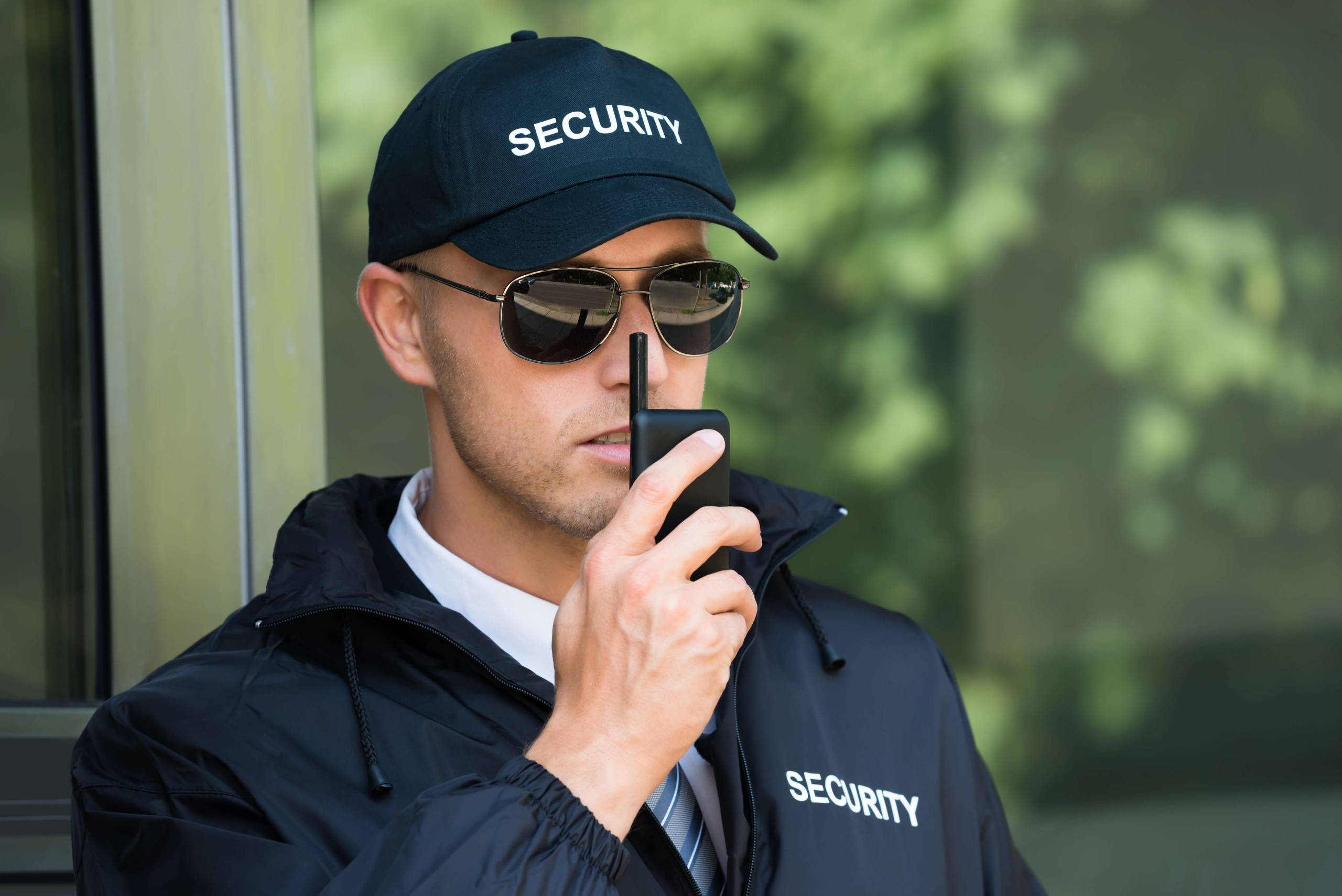Executive protection is a specialized security service designed to safeguard individuals who may be exposed to elevated personal risk due to their status, profession, or public visibility. At Elite Security Specialists, our executive protection solutions are tailored to meet the needs of high-profile clients, including corporate executives, public figures, dignitaries, and celebrities.
What Does an Executive Protection Specialist Do?
An executive protection specialist is trained to assess risk, plan secure travel, and respond to threats in real time. Our team includes experienced professionals who provide discreet, effective executive security whether you’re attending public events, traveling domestically or internationally, or working from a high-profile office location.
From pre-planning routes to managing crowd control and monitoring environments for potential threats, our executive protection specialists are focused on your safety and peace of mind.
What Is an Executive Protector?
An executive protector is a highly trained security professional who provides specialized protection services for high-profile clients, such as:
- Corporate Executives
- Celebrities and Public Figures
- Politicians
- Wealthy Individuals and Families
Unlike standard bodyguards, executive protectors focus on proactive threat assessment and risk management. Their role involves much more than physical protection; they work to prevent risks and create a secure environment for their clients wherever they go.
Key responsibilities of an executive protector include:
- Conducting threat assessments and security planning.
- Managing secure transportation and routes.
- Coordinating with local law enforcement or event organizers.
- Monitoring and neutralizing potential threats in real-time.
How Do You Get Into Executive Protection?
A career in executive protection requires specialized training, experience, and dedication. Here’s how to get started:
- Training: Attend a reputable executive protection training program that covers risk assessment, surveillance detection, defensive driving, and emergency response techniques.
- Experience: Many executive protectors come from law enforcement, military service, or private security backgrounds.
- Licensing: Depending on your location, you may need to obtain security-related licenses or certifications.
- Networking: Build connections within the industry by attending security events, joining associations, and seeking mentorship opportunities.
- Specialized Skills: Develop additional skills, such as medical first aid, language proficiency, or cultural awareness, to make you more competitive.
What Is an Example of Executive Security?
Executive protection is about managing risk in any scenario. Here are some common examples:
- Secure Transportation: An executive protector coordinates a client’s travel schedule, ensures the vehicle is safe, and identifies alternate routes to avoid potential risks.
- Event Security: For a high-profile appearance, the agent performs a thorough risk assessment, secures the venue, and monitors the crowd to ensure the client’s safety.
- Travel Abroad: When a client travels internationally, the protector assesses political or environmental risks, secures accommodations, and liaises with local authorities to provide seamless protection.
Executive protection is a sophisticated form of security that goes beyond traditional bodyguard services. It requires planning, discretion, and a proactive approach to managing risks. Whether protecting a corporate executive or a celebrity, executive protection professionals provide peace of mind by creating a secure environment tailored to their client’s unique needs.
Why You Need Executive Security
In today’s unpredictable world, executive security is not just a luxury—it’s a necessity. Threats like stalking, harassment, corporate espionage, and even kidnapping are real concerns for those in the public eye or leadership positions. Our executive protection services involve risk mitigation, advanced planning, and swift, professional response to security concerns.
Partner with Elite for Trusted Executive Protection
When your safety is non-negotiable, turn to Elite Security Specialists. We provide world-class executive protection backed by years of experience and a proven track record. Reach out today to learn more about our executive security services and to speak directly with an executive protection specialist.


